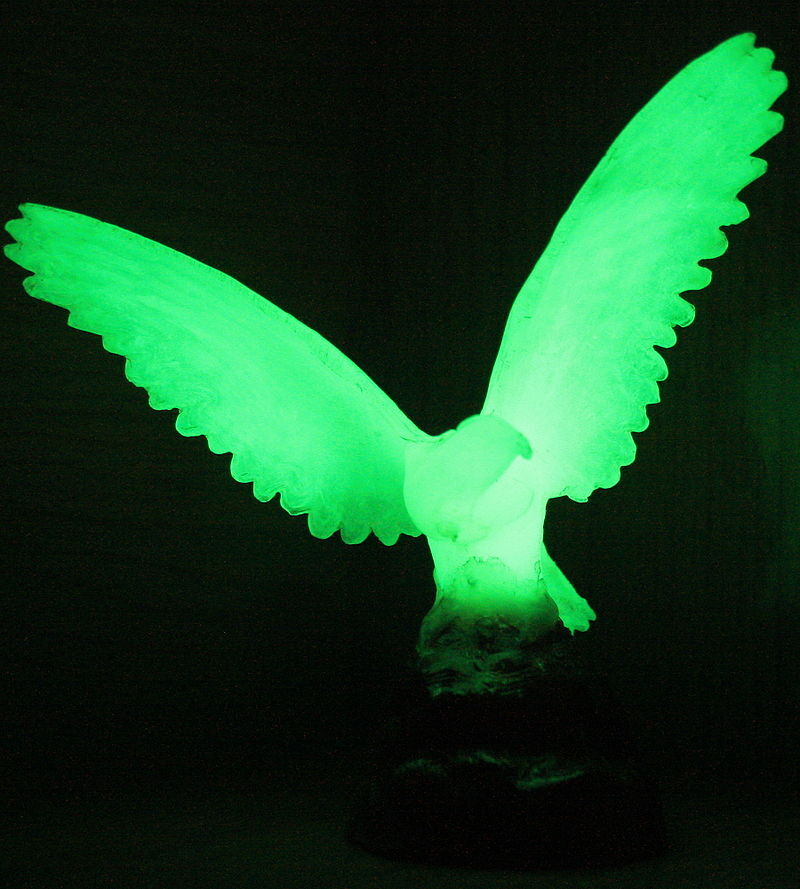Luminous phenomena include all observable events resulting from the interaction between light and matter.
Researchs on light began many years ago. Pythagoras (6th century BC) and Euclid (3rd century BC) thought that light consisted of a stream of particles emitted by the eye. However, this theory was rejected because, if the eyes emitted light, any object could be observed in the dark.
Democritus (5th century BC) thought that light consisted of tiny particles sent by objects towards the eye. This theory was also rejected, because if objects emitted light, there would never be any darkness.
We now know that the energy of the luminous wave is in the form of packets of energy called photons. These packets of energy behave like both particles and waves.
Light comes in many forms and affects matter in different ways. The different ways in which light interacts with matter are known as light phenomena. The following concept sheets examine the behaviour of light through different phenomena.
Rainbows (left), phosphorescence (centre) and halo formation (right) are just a few examples of luminous phenomena.


